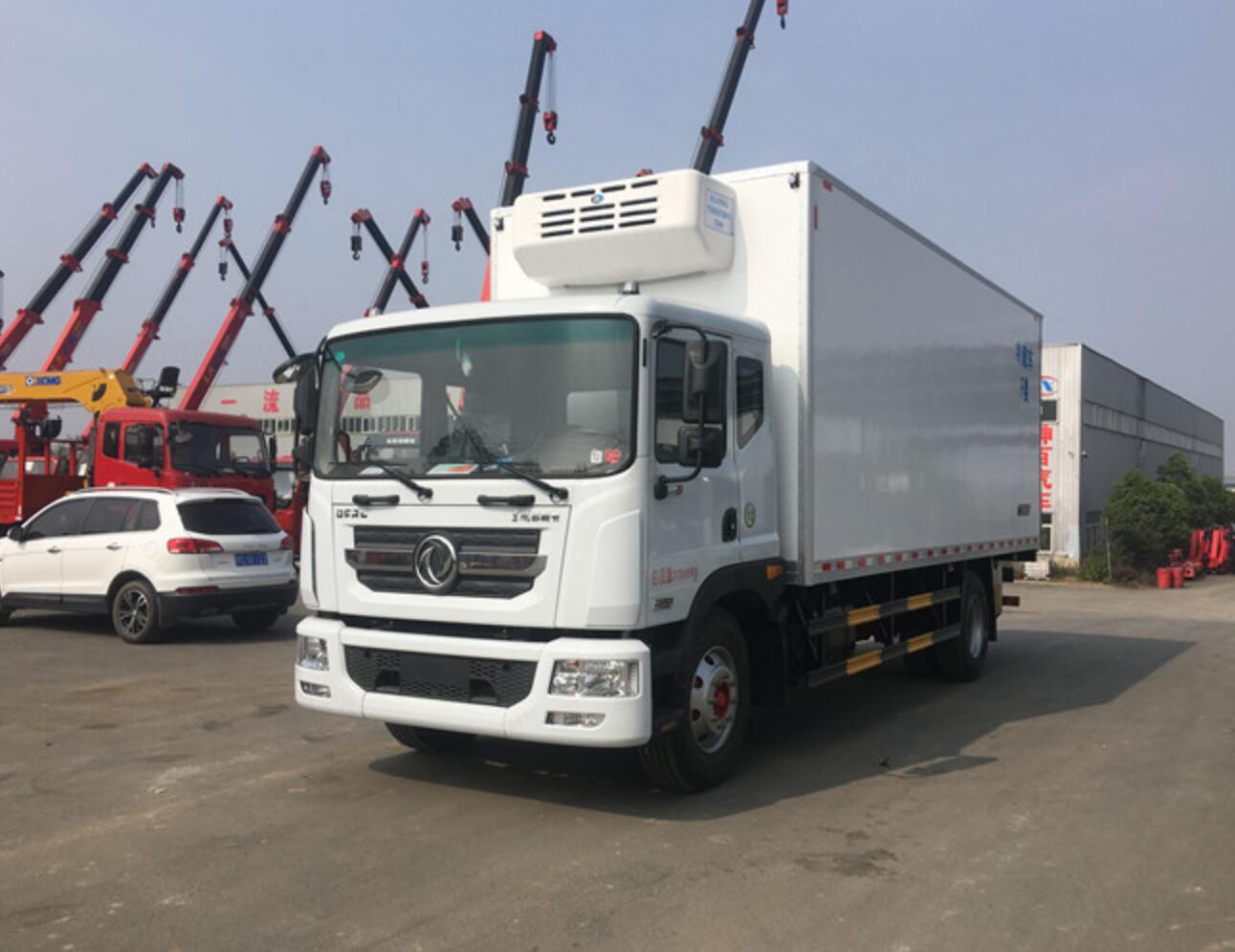-
Some people don't understand why the cooling effect in the refrigerated and insulated compartment will become lower and lower after the refrigerated truck has been used for a long time? Let me tell you a few main reasons:
1. When choosing a refrigeration unit for a refrigerated truck, generally speaking, the performance of some large-brand refrigeration units is better than that of small brands, but its price will be more expensive. So when choosing a small-brand refrigerated truck refrigeration unit, it is not only about performance and quality, but also about the scale of the manufacturer, the influence and reputation of the brand. If the quality and performance of the refrigeration unit can be well guaranteed, as well as better maintenance at the end of use, it is still worth recommending.

2. Because as the service life of the refrigerated truck gets longer and longer, some parts of the refrigerating system of the vehicle will become loose and aging, so that the refrigerant of the refrigerating unit leaks, and the driver will feel that it is refrigerated. The effect became very poor. As long as the refrigerated trucks can be well maintained and maintained at ordinary times, these situations will be avoided.
3. The insulated compartment of the refrigerated truck should be cleaned after each shipment of goods, and no debris or wrapping paper should be left on the ground of the compartment. This will hinder the suction of the evaporator and the flow performance of the air. Because of the fan of the vehicle evaporator, the air will circulate in the insulated compartment, which will cause some debris and garbage left on the ground to be sucked into the fan of the evaporator. The accumulation of time and when it is sucked into the coil of the evaporator will directly affect the cooling effect of the refrigeration unit.During the use of refrigerated trucks, we must pay attention to inspection and maintenance, as well as sanitation and cleaning. In this way, the service life of the refrigerated truck will be longer and the cooling effect will be better.
Goods must be stacked on double-sided pallets; plastic film cannot be wrapped on fresh-keeping pallets, as the film will block the circulation of cold air from reaching the goods; the floor under the goods must not be blocked.
Generally, the floors of refrigerated trucks use ventilated aluminum rail floors; however, there are also some refrigerated trucks that do not have aluminum rails and use flat non-slip floors. Usually used as a third-party transport company or a transport vehicle for dairy products, the flat non-slip floor is used for the purpose of being suitable for the transportation of various products, or for easy cleaning of the ground. However, care must be taken when loading, and double-sided pallets must be used for loading to ensure the circulation of cold air on the ground. It is strictly forbidden to stack goods directly on the flat floor.
Do not stack goods in front of the evaporator outlet, otherwise it will block the cold air flow; blockage above the goods will cause a short circuit of the cold air flow. Maintain a minimum distance of 225 mm between the top of the cargo and the roof of the vehicle.
When loading, do not stack the goods too high, and ensure that the loading height is not higher than the plane height of the air outlet. If the front of the air outlet is blocked by the goods or is too close to the goods, it will not only affect the storage and transportation temperature of the goods, but also affect the normal operation of the refrigeration unit.
Because the air outlet is blocked by the goods, the cold air (or hot air) cannot circulate normally in the compartment, thus causing the local temperature of the goods to rise.
On the other hand, due to the defrosting design of the refrigeration unit, some air induction defrosting is used. When the goods are too close to the air outlet, the coil in the evaporator of the unit will quickly frost (or ice), and the air sensor switch will work immediately, and the unit will quickly enter the defrosting state; when the coil temperature rises to 9 degrees Celsius (design temperature) or so, the defrost ends immediately. As a result, the above-mentioned operations will be repeated in the unit, resulting in the phenomenon that the temperature in the compartment cannot be lowered. The intuitive feeling for everyone is that the unit always defrosts frequently. In fact, it is due to the fact that the goods are loaded too high (too much).
